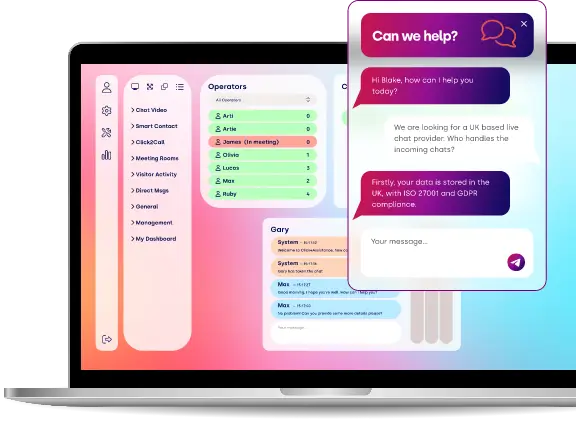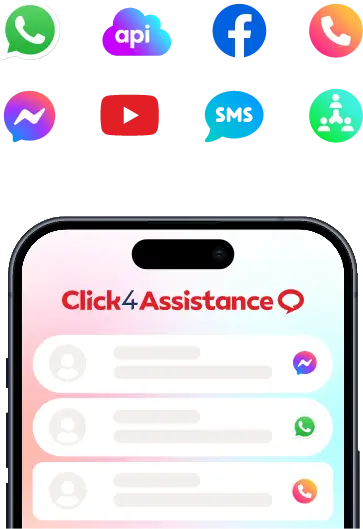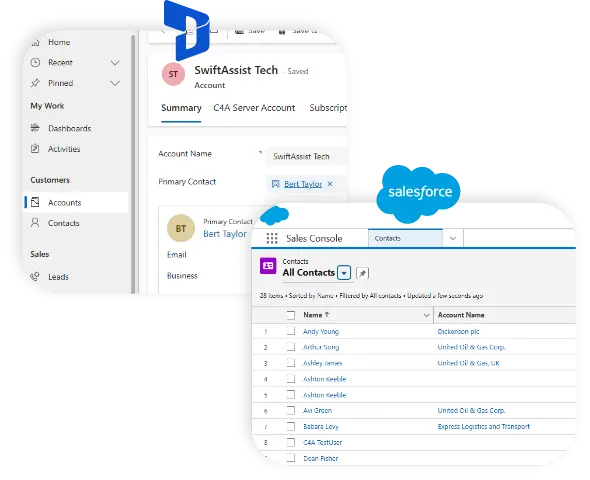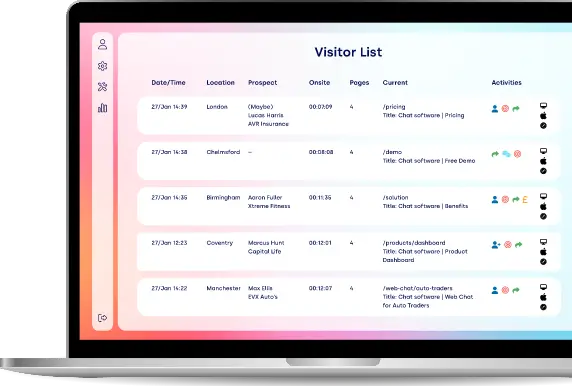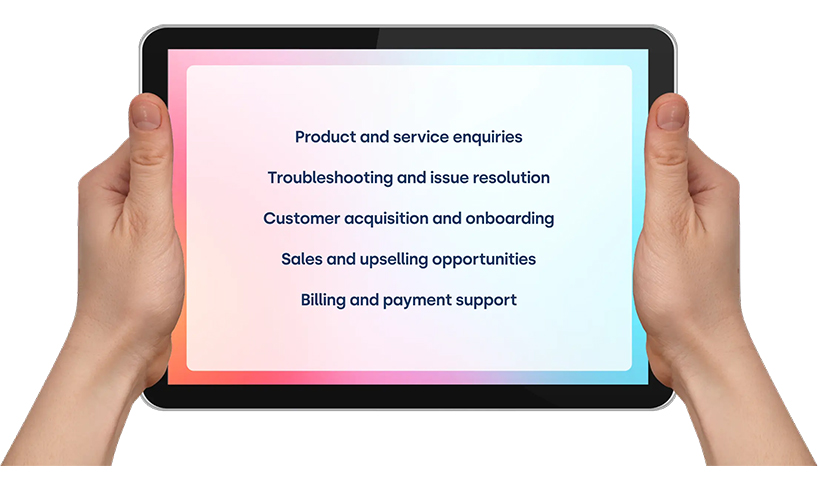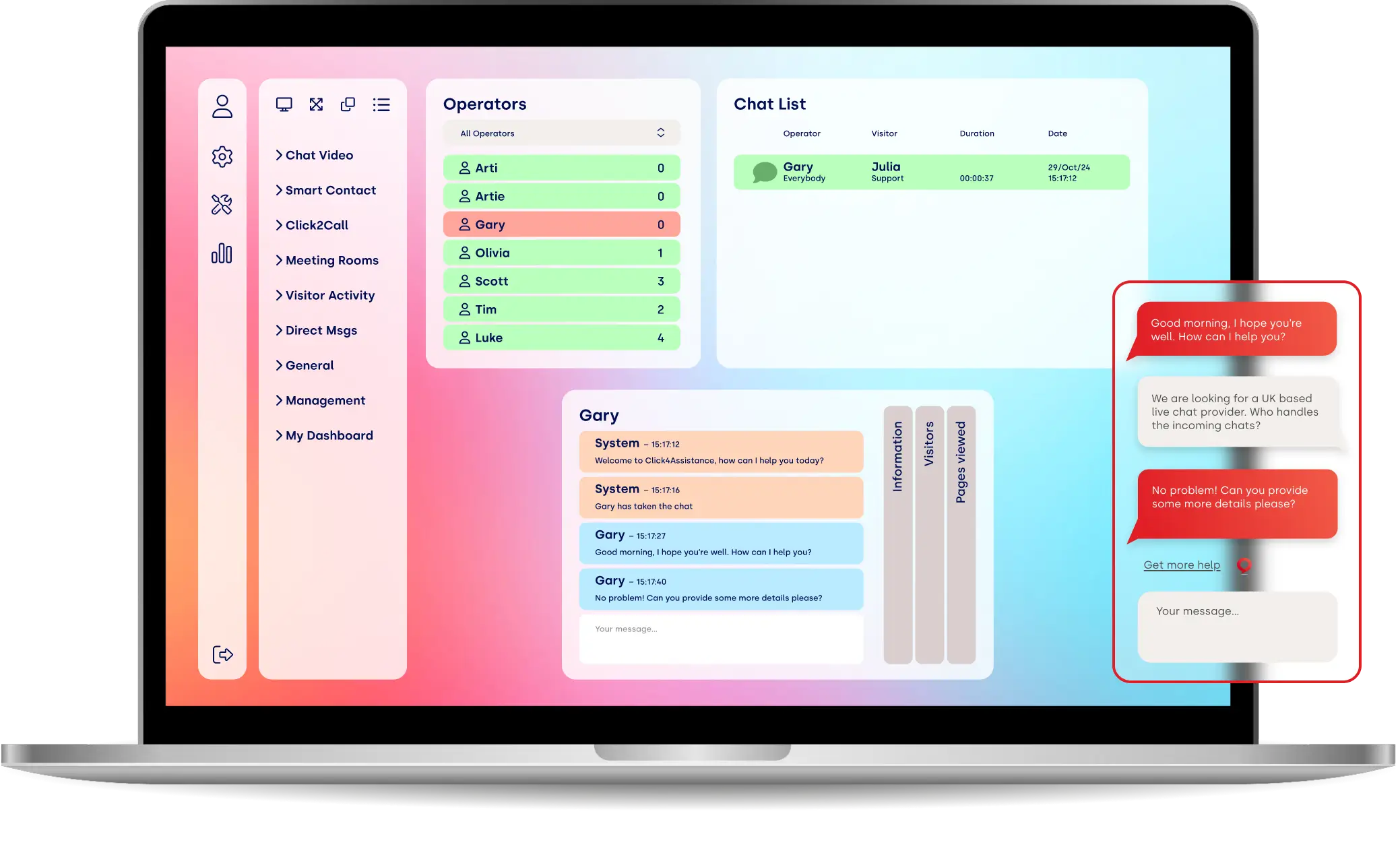The best (and worst) uses of live chat and AI chatbot for customer service today
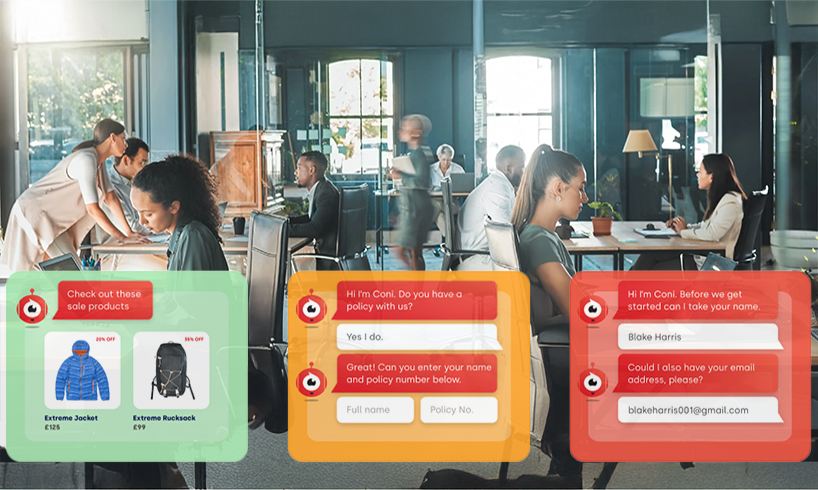
Live chat and AI chatbots have transformed customer service — but not always for the better. Here's what works, what doesn’t, and how to avoid the most common pitfalls.
Live chat and AI technology are reshaping how organisations support customers online. Done right, they can improve response times, reduce pressure on support teams, and deliver better, faster outcomes for customers. Done badly, they can frustrate users, damage brand trust, and create more problems than they solve.
At Click4Assistance, we’ve seen both ends of the spectrum. So, in this blog, we’re shining a light on the best and worst uses of live chat and AI in customer service today — to help CX leaders decide what’s worth doing and what to avoid.
The best uses of live chat and AI in customer service
1. Reducing first response time to seconds, not hours
Today’s customers expect fast answers. A well-implemented live chat or AI chatbot solution enables support teams to acknowledge and respond to customers immediately — even during peak times or out of hours.
Whether it’s a simple query or the start of a more complex conversation, live chat provides instant reassurance that help is on the way. AI chatbots can greet users, capture information, and offer self-service options before an agent even gets involved.
Best practice: Use AI chatbots to triage common queries and hand off to a live agent when needed — keeping response times low and satisfaction high.
2. Offering 24/7 availability without 24/7 staffing
Customers don’t stick to office hours. AI chatbots allow you to offer support around the clock, even when your team is offline. This is particularly useful for organisations with international customers or limited operating hours.
An effective AI chatbot can handle FAQs, direct people to helpful resources, and collect information for your team to follow up on the next working day — all without the customer hitting a dead end.
Best practice: Let users know when they’re speaking to a bot, and offer clear expectations for follow-up if a human isn’t available right away.
3. Improving agent efficiency through intelligent routing
Not every customer query needs a senior support agent. By asking a few simple questions upfront, AI can help route enquiries to the right person or department — ensuring faster resolution and less internal back-and-forth.
Live chat platforms can also integrate with CRM and case management tools, giving agents the full context of a customer’s history before the conversation even begins.
Best practice: Design routing flows that prioritise the customer’s intent and urgency — not just internal silos.
4. Creating seamless omnichannel experiences
Live chat isn’t just for websites. The best customer service strategies integrate chat across email, social media, SMS, and even WhatsApp — creating a consistent experience wherever the customer chooses to engage.
With the right platform, agents can manage all channels from one dashboard, reducing duplication and keeping records consistent.
Best practice: Unify your customer data and make chat conversations accessible across channels and teams.
5. Turning customer service into customer insight
Every live chat and AI interaction is a goldmine of information. By analysing chat transcripts and chatbot data, CX teams can spot trends, identify common pain points, and improve service proactively.
This can also feed into knowledge base updates, product improvements, and training opportunities — turning service into strategy.
Best practice: Regularly review chat data to inform decision-making and close the feedback loop.
The worst uses of live chat and AI in customer service
1. Over-relying on AI with no escape route
One of the most frustrating experiences for customers is being stuck in a chatbot loop. If your AI chatbot can’t recognise intent, can’t escalate to a human, or just repeats unhelpful answers, it becomes a blocker — not a benefit.
What to avoid: Chatbots that don’t include a clear “speak to a human” option or give up when the user types a complex question.
2. Forcing users through long decision trees
A chatbot that asks ten questions before giving a useful answer is a chatbot nobody wants to use. Overly scripted flows can feel rigid and impersonal — especially if the user knows exactly what they want and just wants to get there quickly.
What to avoid: Chatbots that make customers work too hard to get help. Keep it conversational and responsive.
3. Using live chat as a gatekeeper, not a support channel
Some websites use live chat as a wall — making it the only way to get in touch, but then requiring users to enter an email, phone number, postcode and mother's maiden name before starting a chat.
This might reduce inbound volume, but it also increases drop-off and frustrates genuine users who just need a quick answer.
What to avoid: Over-qualifying before offering any help. A customer shouldn't have to fill out a form just to ask a question.
4. Failing to train your agents properly
Live chat is a real-time channel, and customers expect fast, helpful, professional responses. If your agents are under-trained or overwhelmed, the experience suffers — and so does your brand.
AI can help, but the human element still matters. Make sure your team has the tools, training, and time to deliver excellent service.
What to avoid: Slow, unhelpful or robotic replies from live agents that feel indistinguishable from a bad bot.
5. Neglecting accessibility and mobile experience
If your chat window doesn’t work well on mobile or isn’t compatible with screen readers, you’re shutting out a significant portion of your customer base. Customer service should be inclusive and easy to use for everyone.
What to avoid: Clunky chat designs, pop-ups that cover key content, or inaccessible formats that limit who can engage.
Getting it right: AI and live chat working together
The key to great customer service is not choosing between live chat and AI — it’s using both strategically. AI handles the repetitive, predictable, and immediate. Humans handle the emotional, complex, and contextual.
When you combine the two effectively, you get:
- Faster resolution times
- Happier customers
- More efficient teams
- Better data
- Stronger brand perception
At Click4Assistance, we work with organisations across the UK to build live chat and AI solutions that support both your customers and your team — while avoiding the pitfalls that trip others up.
Final thoughts
Live chat and AI can transform your customer service — but only when they’re designed with real users in mind. If your goal is to reduce effort, increase satisfaction, and build trust, focus on speed, clarity, and accessibility.
The best use of live chat and AI is not just to answer questions — it’s to create experiences that feel helpful, human, and seamless.
